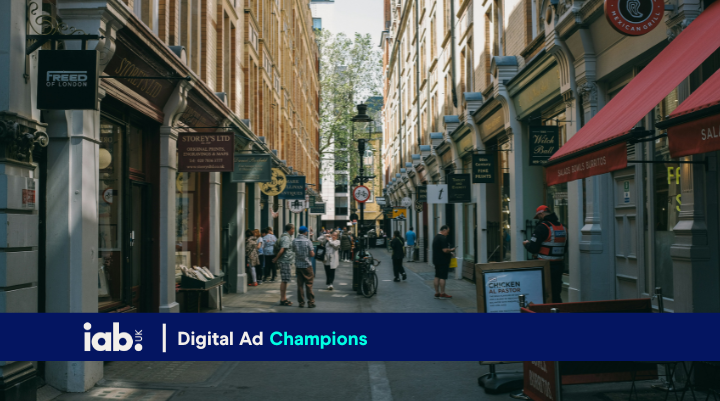
Tiffany & Co. achieves sparkling revenue with online optimisation
Overview
When Tiffany & Co. noticed a decline in search interest, it decided to act quickly.
The jewellery brand tasked Wavemaker Global with strategically investing in underdeveloped categories to diversify campaign and channel revenue mix.
It wanted to develop a framework that could be rolled out to global markets, so the team set out to test new initiatives that would deliver significant change to Tiffany’s customer acquisition online.
It used Google’s Smart Shopping Campaigns to categorise products effectively and capitalise on relevant search intent. The new feeds were launched across the UK, Italy, Germany, and France. Budget was focused on the best converting product groups and price points.
Georgina Storey, Account Manager at Wavemaker, explains: “Through strategic cost per click segmentation, we could better support generic campaigns, successfully leveraging the visual nature of the channel to widen prospecting efforts without negatively impacting our return on ad spend.”
At the same time, added flexibility meant it was possible to bid more aggressively for the most valuable segments to remain competitive and boost impression share.
Storey says that in the future the brand would like to continue to leverage machine learning capabilities; to optimise, test and improve campaign performance through automated strategies.
What was the role of digital within the media mix?
The approach used machine learning to drive sales, enabling the brand to categorise products to capitalise on search intent.
The focus was on optimising three core areas:
-
Feed logics, and implementing manual overrides, increased the likelihood of triggering relevant search queries
-
A custom label structure was created, organising products in the feed into bestsellers, non-bestsellers, and by price point. This helped to optimise conversions and gain insights
-
The team introduced a structure to support brand and generic traffic sources, splitting out traffic streams through campaign priority settings, allocating negative keywords, and segmenting campaigns by cost per click
Key statistics
What results did you attain? What was the biggest achievement?
Being more relevant had a significant, positive impact on results. After one month, the new approach saw the contribution of Shopping Campaigns to the overall revenue mix rise by 16% year over year. Comparing the same period, Shopping ads appeared in 48% more search queries – amounting to 74 million additional searches. The new campaigns achieved a 52% increase in clicks and traffic through to the site.
By improving relevance, the average cost per click for Shopping Campaigns fell by 31%. The team used the cost savings to obtain larger volumes of incremental traffic, without unnecessarily increasing the overall spend; in fact, spend went up by only 4%. The influx of qualified traffic to the site improved both efficiency and profitability. Order volumes went up by 29%, which resulted in a 35% increase in revenue, a 29% increase in return on ad spend, and a 19% drop in cost per acquisition.
In a sentence...
How Tiffany & Co. grew revenue by 35% thanks to online optimisation and a savvy shopping feed.


